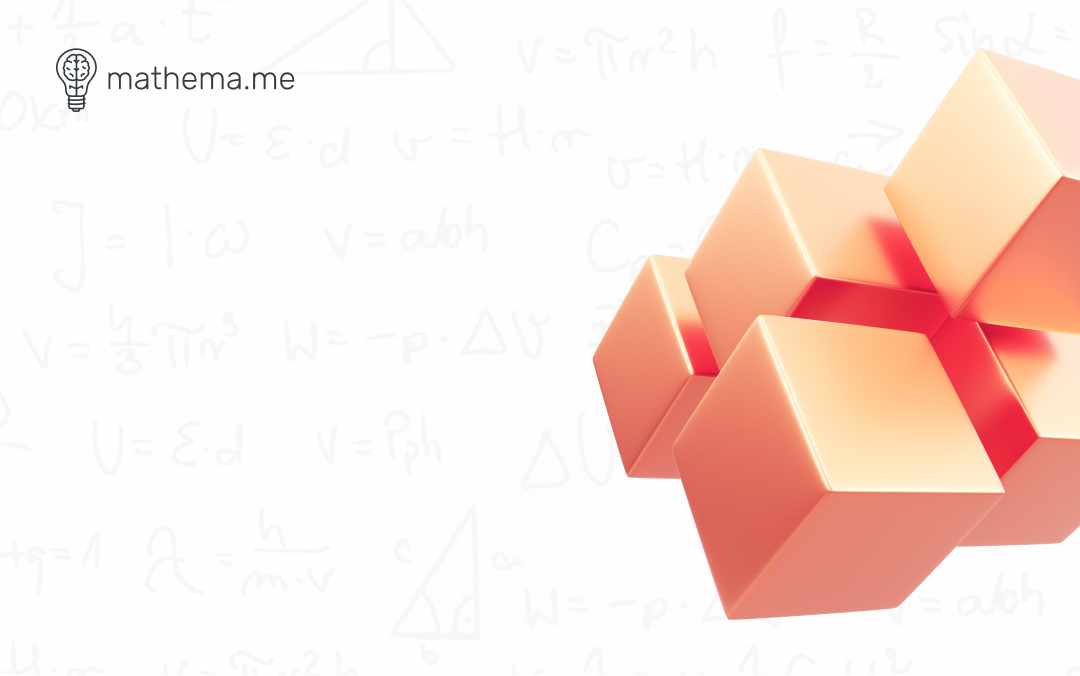STEM education is an approach to learning exact sciences by combining multiple disciplines, such as mathematics with physics or engineering with programming. In the American education system, STEM is currently trending, with a growing number of professionals in this field. Mathema explores what STEM education entails, how it’s utilized by math teachers, and why it surpasses traditional teaching methods in effectiveness.
Understanding STEM Education
STEM stands for Science, Technology, Engineering, and Mathematics. This fusion of four disciplines is utilized for more effective learning. The STEM education process is typically more hands-on: students conduct experiments, undertake engineering projects, and explore how all four disciplines interact through real-world examples.
According to the U.S. Department of Education, programs based on STEM education offer students a more impactful experience in learning exact sciences. Unlike programs that study the four disciplines separately, STEM encourages experimentation and inquiry, igniting students’ passion for science.
The Importance of STEM Teaching Methods in Math Lessons
Practical Relevance
One of the main benefits of STEM education is its strong connection to real-life applications. Traditional school math curriculums often feel disconnected from practical examples, limited to handouts, diagrams, and hypothetical problems. In such settings, mathematics is perceived as an abstract science, dealing with concepts like “infinity” or “probability.”
For instance, constructing a miniature bridge model helps students grasp the significance of geometry, showcasing mathematics as a practical science with tangible applications.
Exploratory Learning
STEM program lessons allow children to delve into the subject matter, enhancing their ability to identify relationships and understand cause and effect. While theory is essential, it’s the hands-on experiments that foster analytical thinking.
Students develop skills in self-directed learning, critical thinking, and evaluating their own opinions. During experiments, the emphasis shifts from rote memorization to creative problem-solving, making mathematics more approachable and understandable.
Flexibility
STEM blends various disciplines and is not confined to engineering or physics alone. Mathematics can be applied in art, such as in the depiction of perspective in paintings, or in music, when analyzing rhythms and intervals.
The flexibility of STEM education in math lessons allows for the integration of seemingly unrelated disciplines, broadening students’ perspectives and sparking their curiosity.
Exposure to Professional Fields
You’ve likely encountered the question, “How will trigonometry ever be useful in my life?” School education is often criticized for being out of touch with the demands of the contemporary world, leaving students unclear about how their school knowledge will translate into job opportunities.
STEM Education Tools
There are numerous ways to get children engaged in STEM education. Students can either download applications on their smartphones or interact with physical prototypes of robots during class. Here are a few tools that can help kickstart STEM lessons:
Apps and Software
Applications are ideal for remote learning. For instance, Robots Guide is a mobile app about robots, explaining how they operate and impact the world. The app features over 200 robots, drones, and autonomous vehicles with thousands of photos, videos, and interactive games. Children can interact with robot models within the app, move them around, and explore their features.
Building Sets
Building sets are great for integrating physics and mathematics. For example, Engino Stem has created a set that allows you to build a replica bridge. It mirrors real-life structures in its properties. This brand also offers sets for designing catapults, vehicles, and windmills. These can be purchased from Ukrainian online stores.
Specialized STEM Kits
There is a wide variety of STEM kits available, differing in purpose, price, and complexity. For younger students, there are moving models of the solar system. For older grades, there are mini-laboratories with reagents and equipment. Even 3D printers are sometimes used in U.S. schools for teaching engineering concepts.
Integrating Mathematics and STEM
Mathematics is one of the most challenging subjects in school. Children often struggle to visualize abstract geometric shapes and memorize formulas. Many students feel that they will never use these concepts in real life, leading to a loss of motivation. The aim of STEM education is to demonstrate the practical applications of mathematics and to spark students’ interest.
In lessons, math teachers and tutors can utilize the tools mentioned above, invite teachers from other disciplines, and even professionals from various fields. There are many ways to make mathematics appealing to children, and STEM is just one of them.



